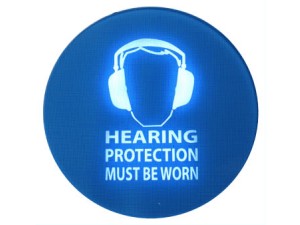Operating in challenging environments
Your gas detectors are very busy, operating in challenging environments – that’s why they’re so important! They’re often exposed to multiple contaminants, such as solvents or dust and dirt. As they age, the sensors start to lose sensitivity and become not so responsive to subtle changes in the air around them.
Your
site manager, or HSE officer must see that your instruments have been
maintained and calibrated properly, and so, just as with bump testing, you’ll
need to keep an eye on the calibration date set on each device. This will show
when the last calibration was performed, and when the next one is due. You
should receive a certificate each time it’s done.
But if I’ve bump tested, why do I need to calibrate?
When you bump test an instrument, you expose it to a small amount of gas, to check that the sensors are picking it up and working properly. When you calibrate it, you ‘reset’ the detector against a specific concentration of gas present in a controlled balance of synthetic air, or nitrogen. It shows the relationship between the detector’s reading, and the actual concentration of the gas you’re asking it to target.
To
calibrate in a professional way is quite a complex procedure, you need to take
into account flow paths, flow rates, pressure, temperature, humidity, gases
used, cross sensitivities, and the time taken for sensors to respond and
measure gas. It’s an involved procedure, and so it’s important that it’s done
properly.
A professional service
EGM provide a full range of calibration services for portable gas monitors, either through our dedicated workshop, or onsite for our larger customers. Our field service engineers will also provide full training, if you’d like to bring calibration and maintenance in-house.
We’re one of the few approved Honeywell Master Service Centres in the UK, and the only one in Scotland. Honeywell monitors usually come with a warranty of 2-3 years, and we carry out warranty repairs for all Honeywell equipment. We also carry a full inventory of industry sensors and spares, and will calibrate instruments made by other major manufacturers.

So, how often should I calibrate?
A risk assessment is a good idea to work out the right time period between calibrations, but it’s usually at least every six months. And remember, bump testing is required in between too! You should look at the way the device is used and the environment, as well as the information from the user, manufacturer and your maintenance company.
For a free consultation, get in touch!










